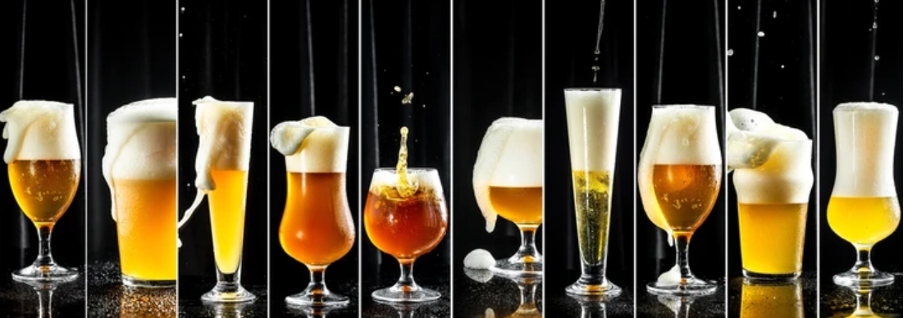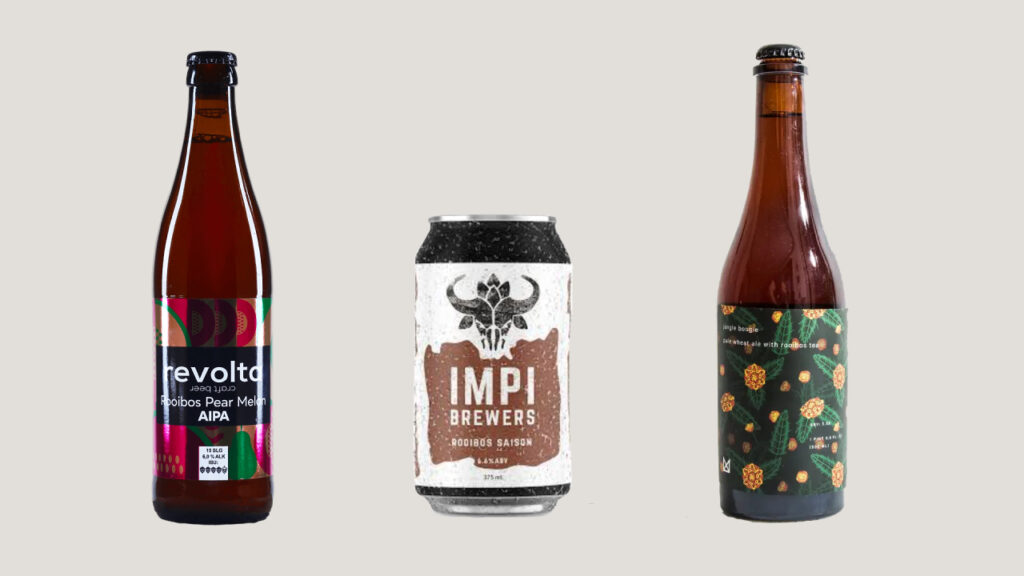As the versatility of rooibos is explored, a new trend has emerged, which is seeing rooibos add a new flavour to the craft beer industry.
This Friday (August 4) is International Beer Day when lovers of the brew from around the globe will be flocking to pubs and breweries to enjoy a cold one.
Beer is arguably the world’s most beloved drink. The British drink theirs warm, Americans drink theirs ice-cold and South Africans like it chilled…
Our nation consumes roughly 34.47 million hectolitres (hl) of ale annually, which makes us the world’s 12th largest beer consuming nation.

But the way we drink beer is evolving. Once dominated by mass-produced lagers, the market has evolved into a dynamic landscape brimming with craft breweries, innovative flavours and a burgeoning consumer base.
To cater to diverse consumer preferences, breweries have pushed the boundaries of flavour innovation. Spices, fruit and herbal tisanes, like Rooibos, have found their way into beer recipes, resulting in intriguing blends that reflect the country’s rich culinary heritage.
Adele du Toit, spokesperson for the SA Rooibos Council says the small-batch, all-natural brewing market has experienced a surge in popularity.
“For modern consumers, homebrewing and/or enjoying unique and diverse beer flavours add value to the experience. Homebrewing allows beer enthusiasts to experiment with different ingredients and brewing techniques, which provide them with a chance to create personalised and one-of-a-kind (signature) brews.
“It also allows individuals to be creative with their beer recipes. They can experiment with various hops, malts, yeast strains, and extras to craft beers tailored to their preferences. This level of customisation is not always possible with commercial beers.”
She says the use of Rooibos in beer has found increasing favour among craft brewers the world over with dozens of Rooibos-infused beer options now available.
“Rooibos, which is native to South Africa, has unique flavours and characteristics that can complement and enhance beer profiles. Rooibos’ mild sweetness, earthy notes, and hints of vanilla and honey adds to its appeal in beer. These flavours can add complexity and depth to various beer styles, particularly lighter or malt-forward brews.

“Some craft brewers have been trialling Rooibos during different stages of the brewing process, such as during mashing, boiling or fermentation. The tisane can be used as a substitute for water or combined with traditional brewing ingredients to infuse the beer with its distinct taste.”
She says as the craft beer movement continues to grow, brewers and consumers alike will continue to seek new taste experiences, which is likely to contribute to the appeal of Rooibos-infused brews. “With a promising future ahead, the SA beer industry is poised to continue its upward trajectory, delighting consumers with new flavours, experiences and the spirit of brewing innovation.”
For home-brewers, give this Rooibos Beer Recipe a try on International Beer Day:
Rooibos Beer Recipe
Makes: 7.25 Litres
Preparation time: 20 Minutes (excluding fermentation time)
Ingredients
5 | ml | Sugar |
500 | ml | Lukewarm water |
10 | g | Instant yeast (15 ml – 1 packet) |
600 | g | Castor sugar (750ml) |
15 | ml | Tartaric acid |
250 | ml | Lemon juice |
20 | ml | Lemon rind |
3 | ml | Strong Rooibos tea |
3.5 | ℓ | Cold water |
Method
- Dissolve the 5ml sugar in 500ml lukewarm water. Sprinkle the instant yeast over and set aside until frothy, about10 minutes.
- Mix the remaining dry ingredients with the liquid and juice together with the activated yeast mixture and stir until well mixed.
- Cover with a damp cloth or plastic wrapping and leave in a warm place for about 12 hours.
- Strain the mixture through a muslin cloth and pour the beer into bottles with tops. Leave in a cool place for 3 days. Chill before serving.
Hint
As the beer is very fizzy, ensure that the bottles are opened slowly and carefully, allowing the fizz to subside before totally removing the lid. It must be stored in a cool place or else the yeast will ferment too quickly, and the bottles could explode (preferably use plastic bottles).
Beer recipe courtesy of I Love 2 Bake.
